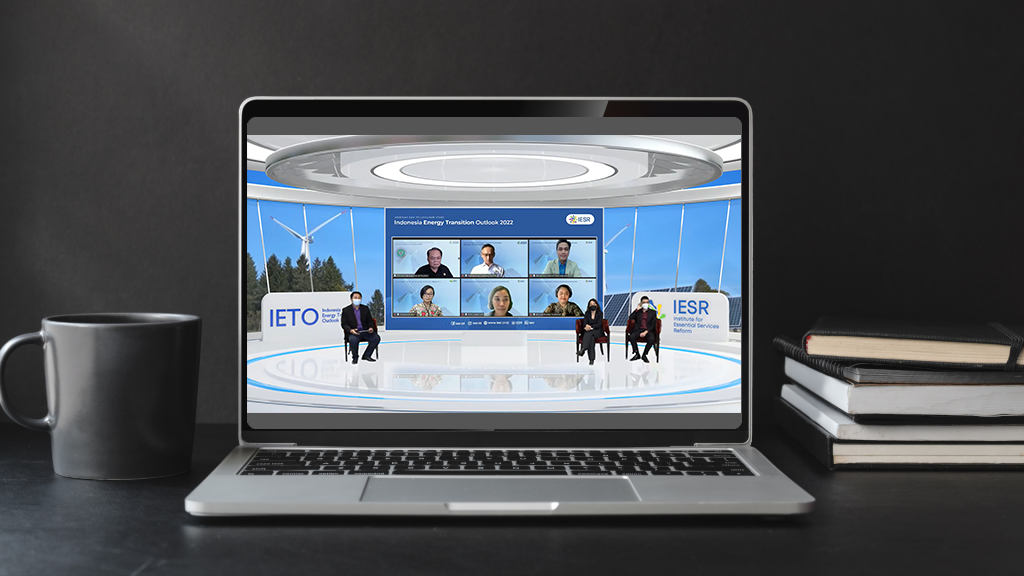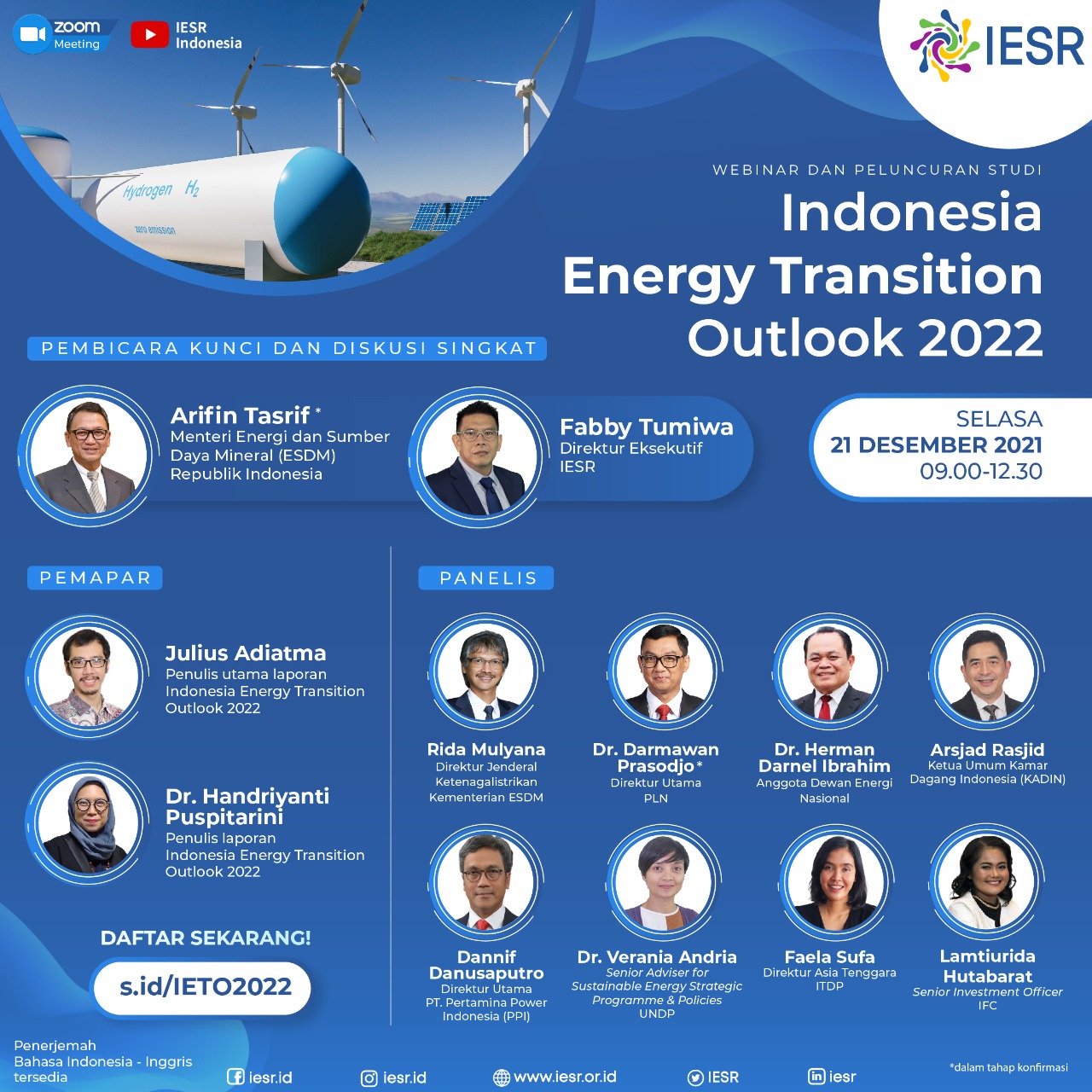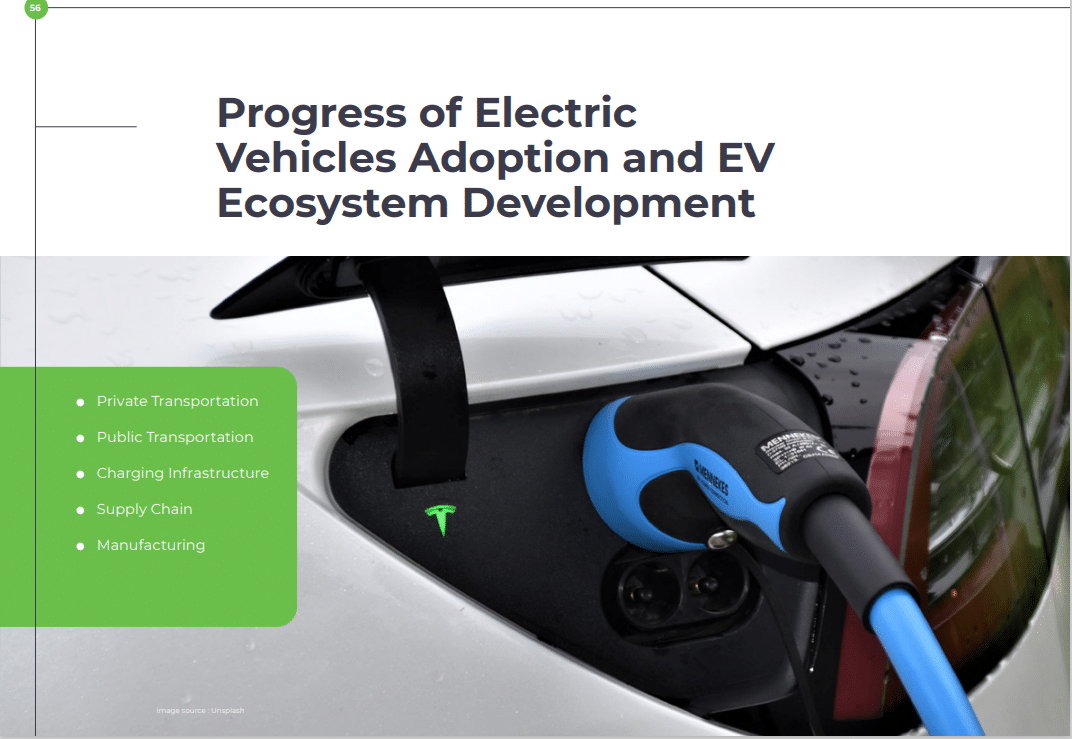Jakarta, 15 December 2022 - Various global geopolitical events throughout 2022 have affected the increase in the price of fossil energy commodities. As a sector that influences and drives other sectors, the energy sector plays an important role in various aspects ranging from socio-economic to political. The global energy crisis in 2022 can be an…





